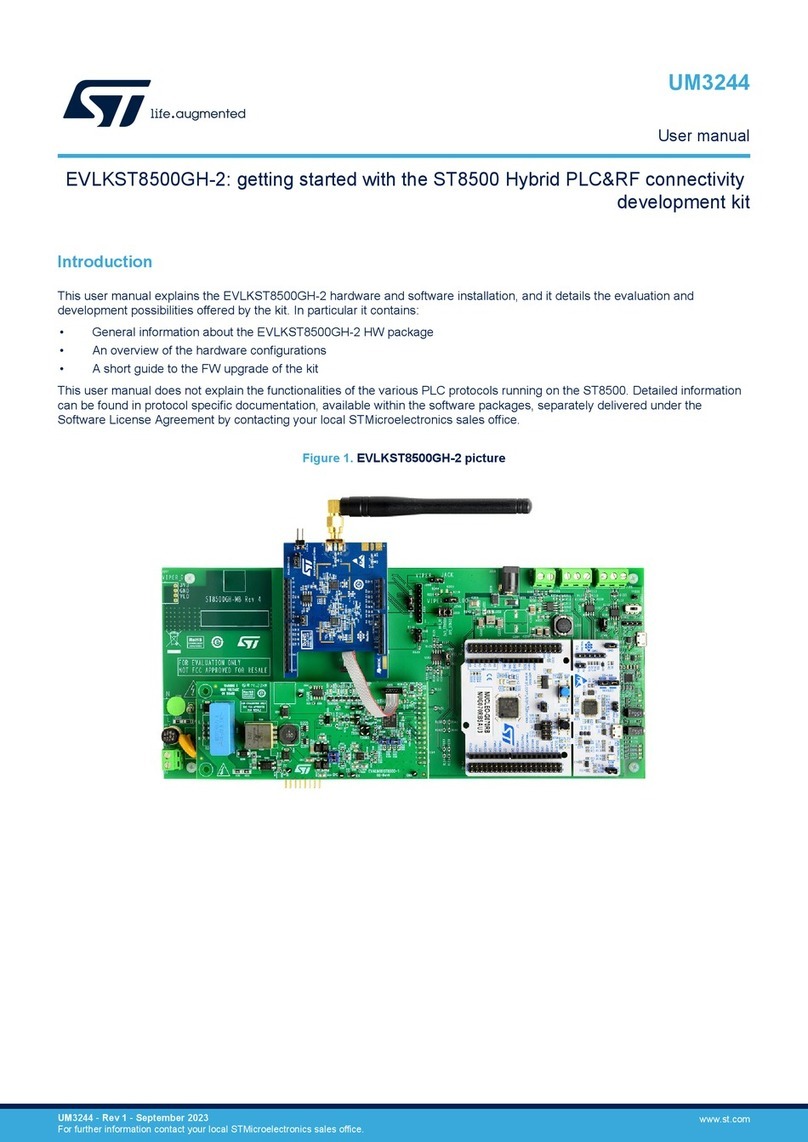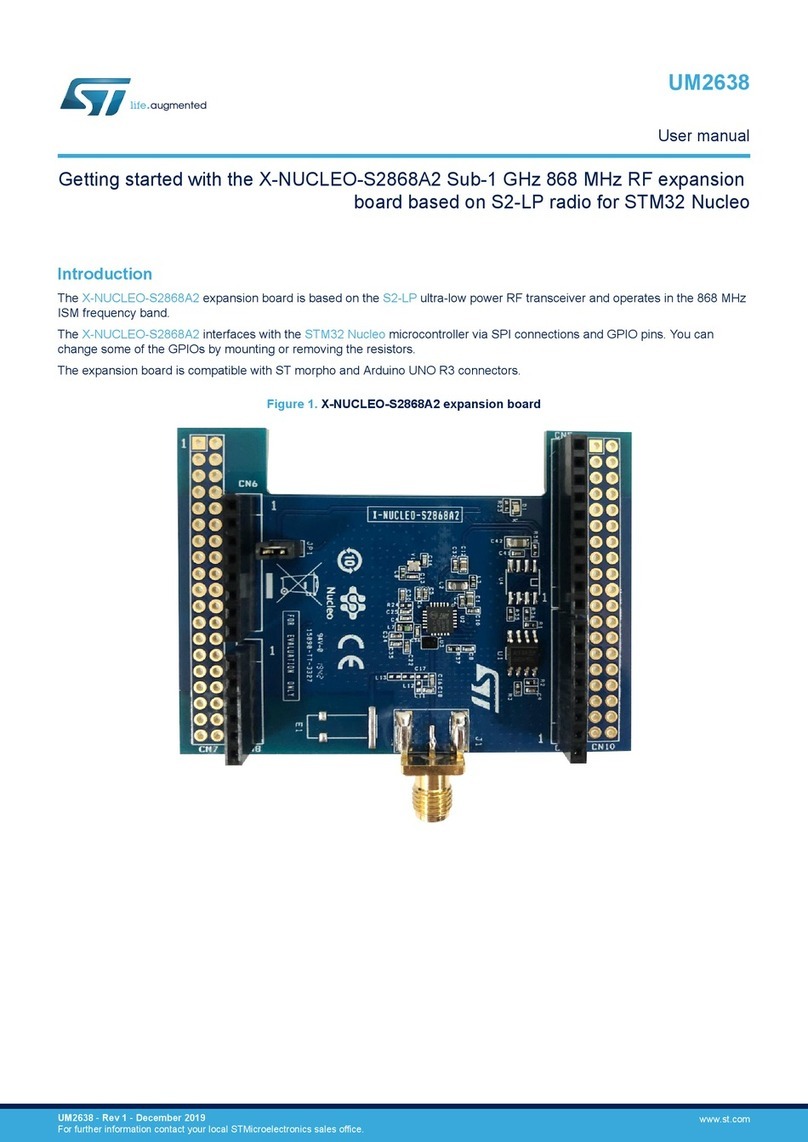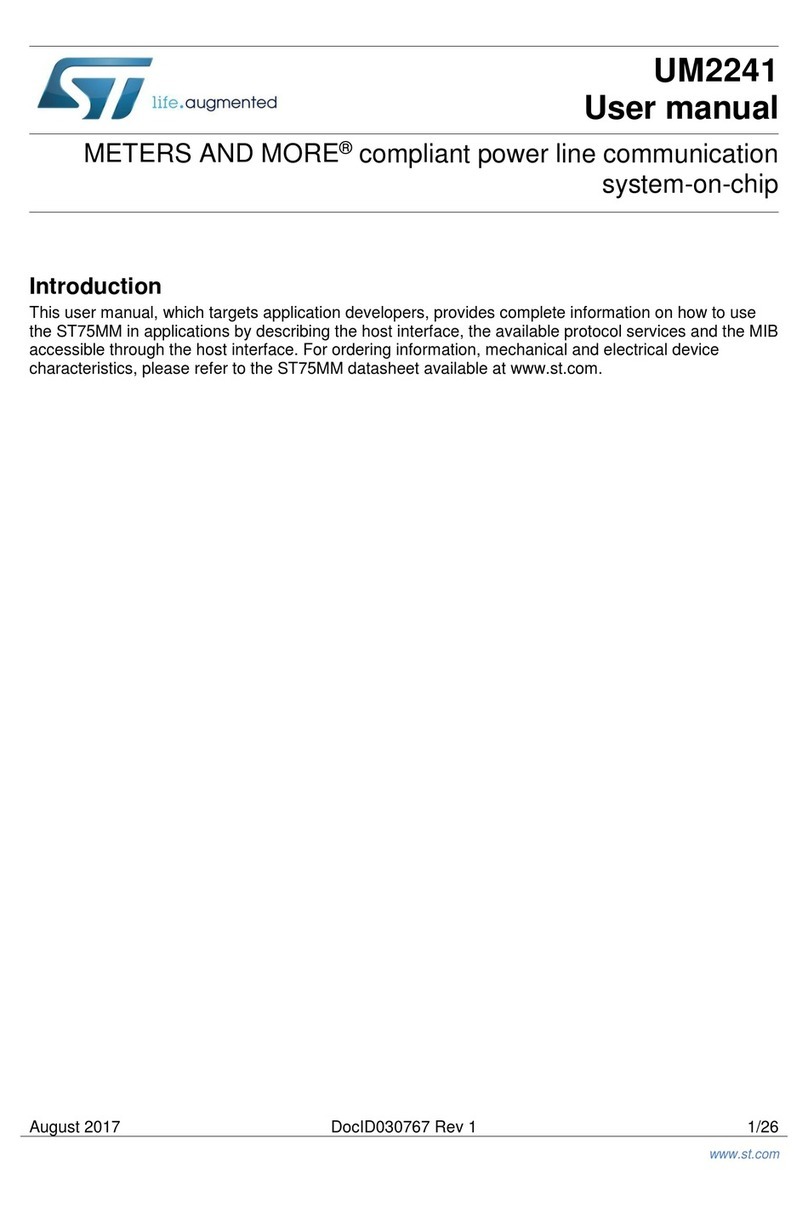ST STEVAL-SCR002V1 User manual
Other ST Computer Hardware manuals
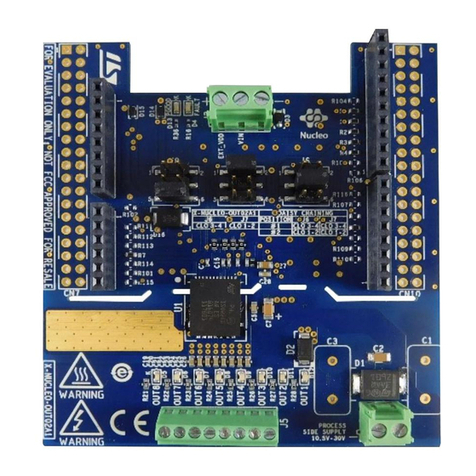
ST
ST X-NUCLEO-OUT02A1 User manual
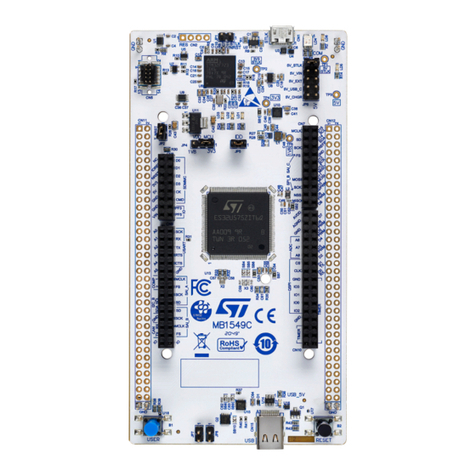
ST
ST STM32U5 User manual

ST
ST X-NUCLEO-NFC02A1 User manual
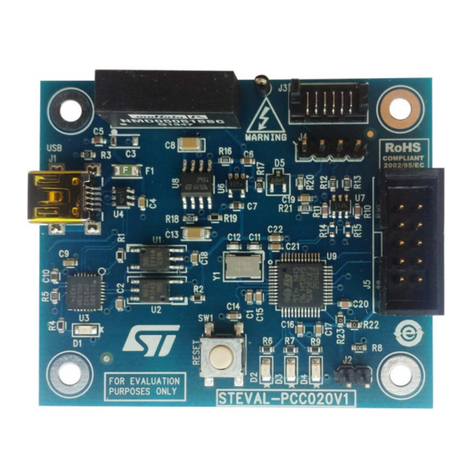
ST
ST PCC020V1 User manual
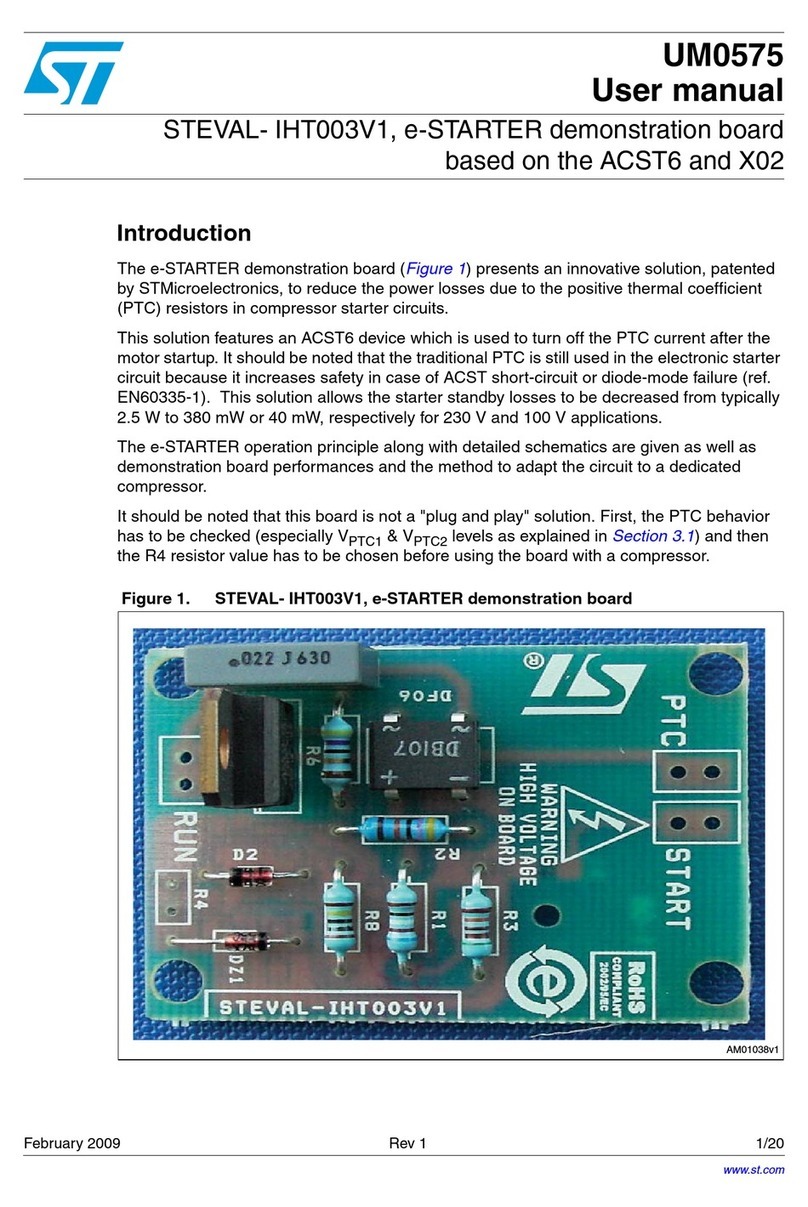
ST
ST UM0575 User manual
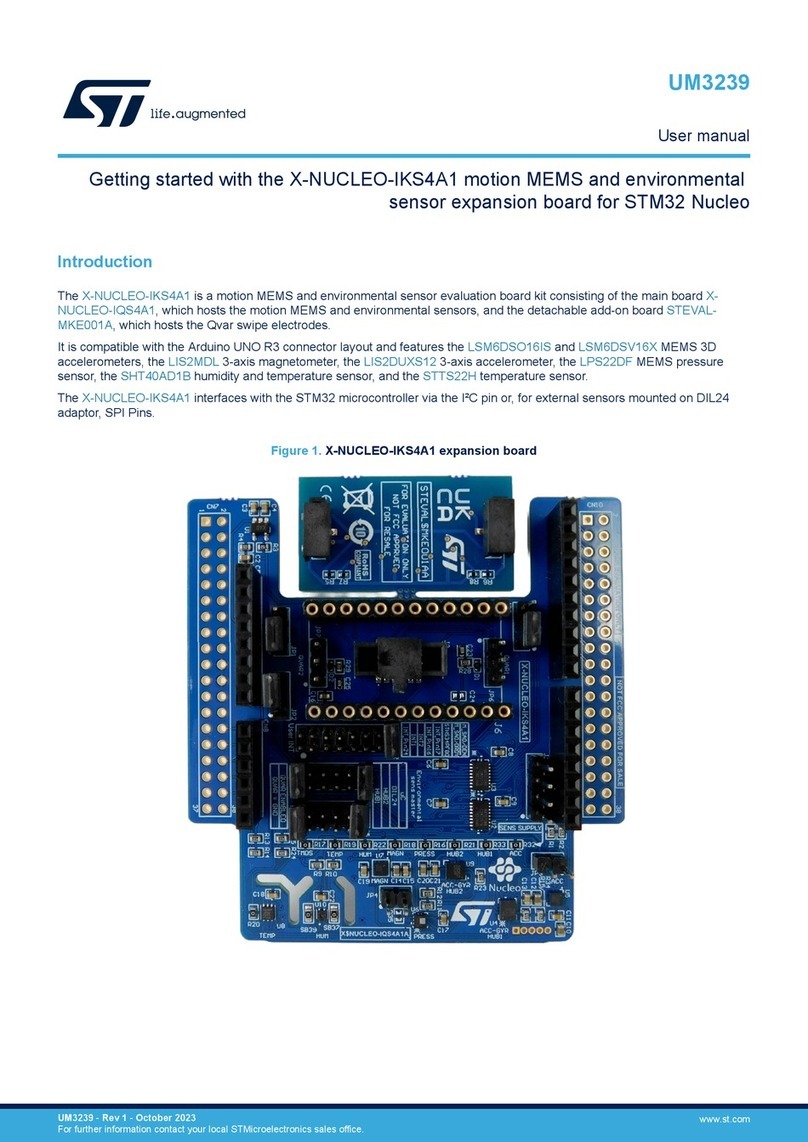
ST
ST X-NUCLEO-IKS4A1 User manual
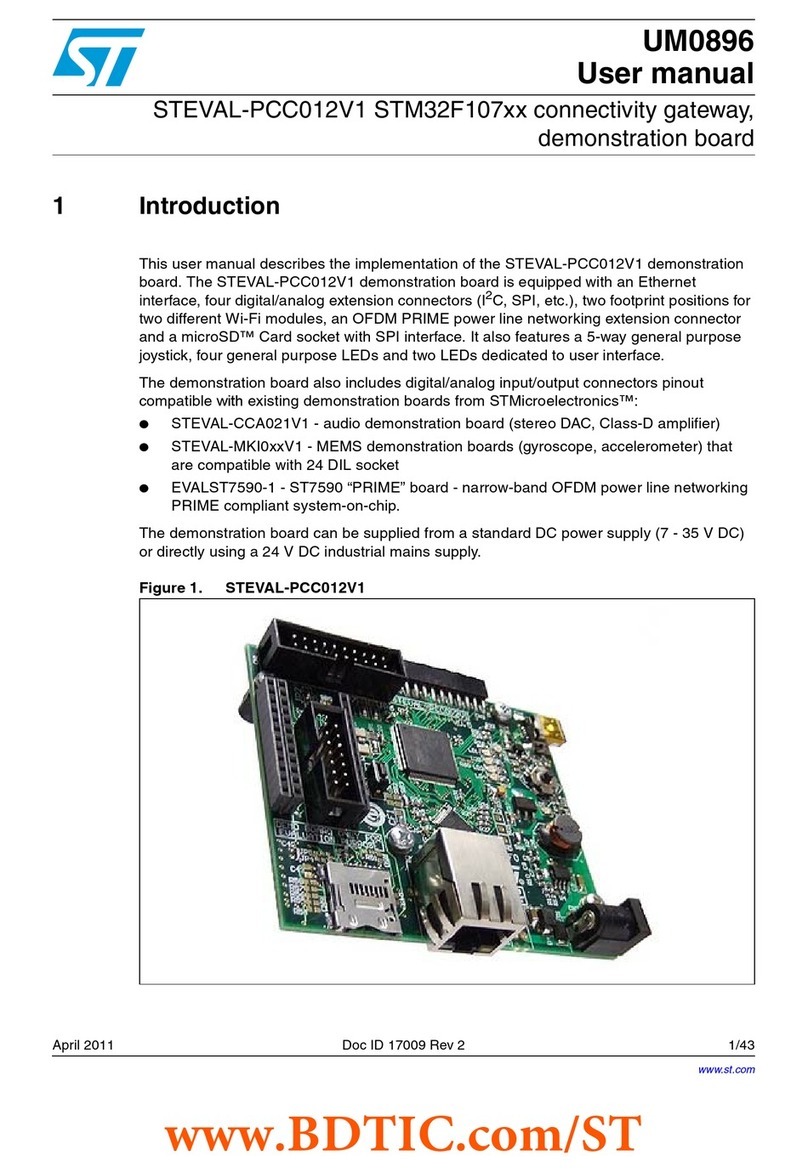
ST
ST STM32F107Series User manual
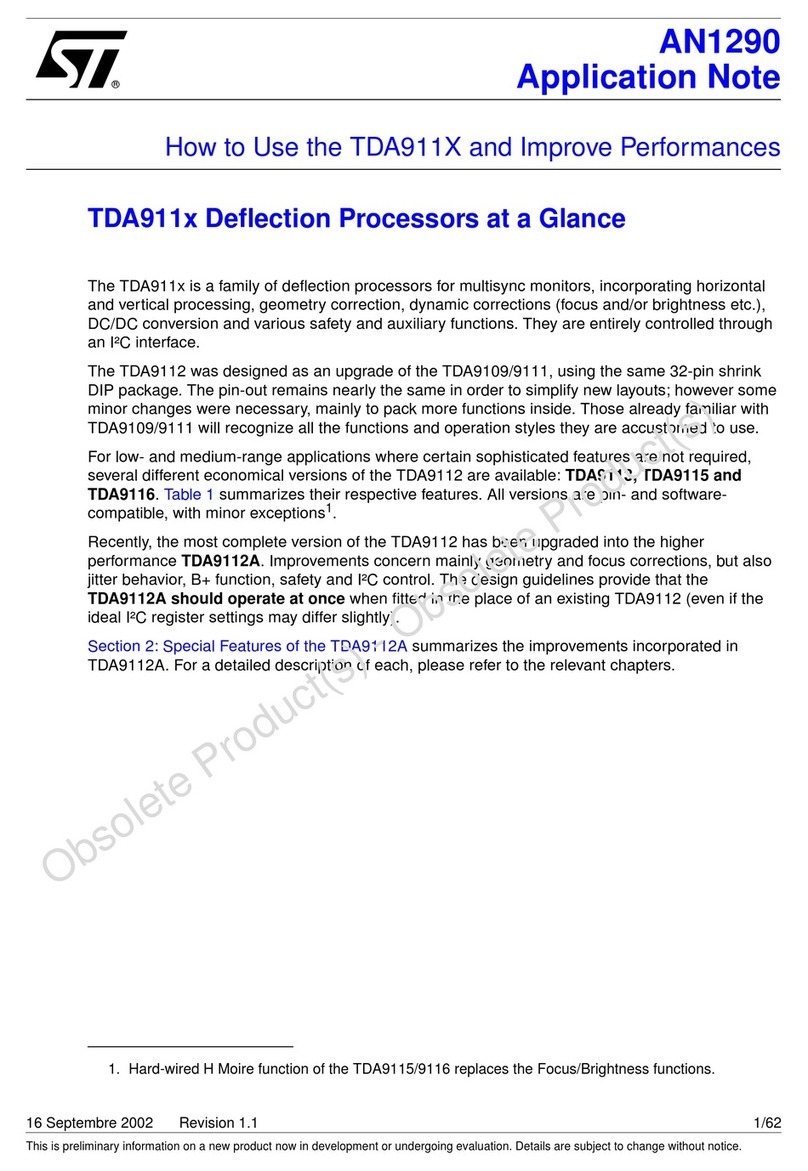
ST
ST TDA911 Series Installation and operating instructions
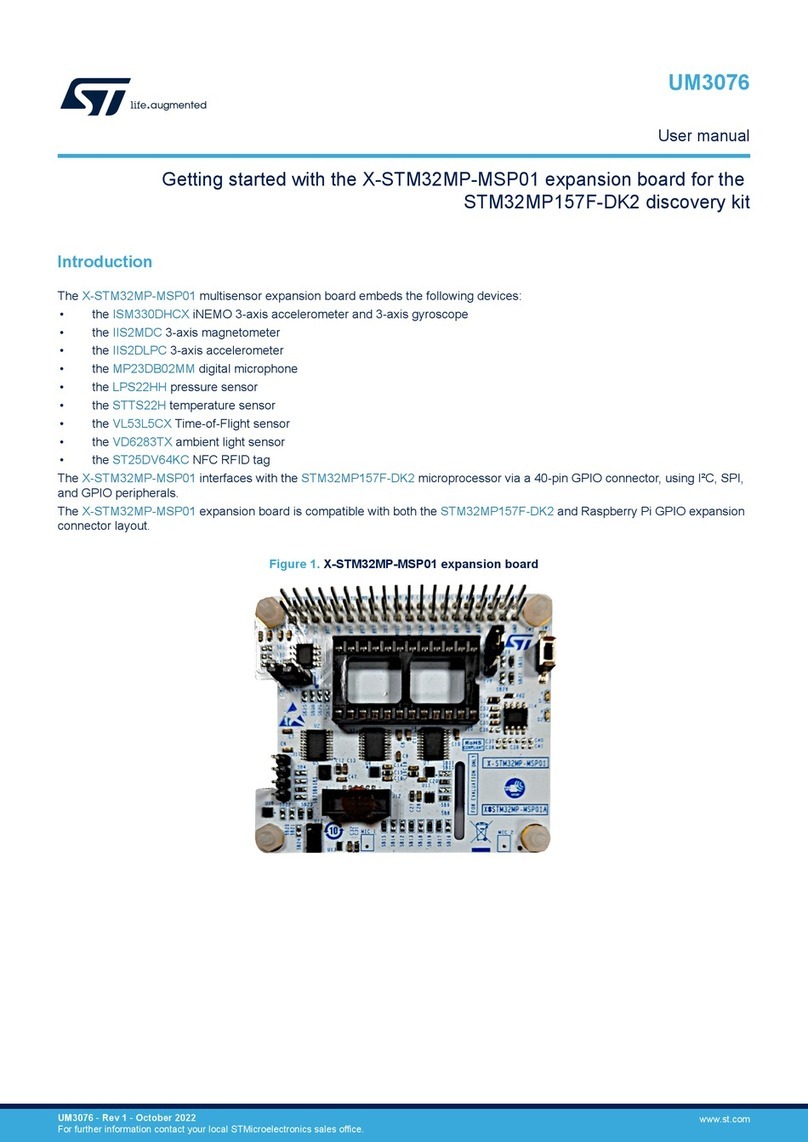
ST
ST X-STM32MP-MSP01 User manual
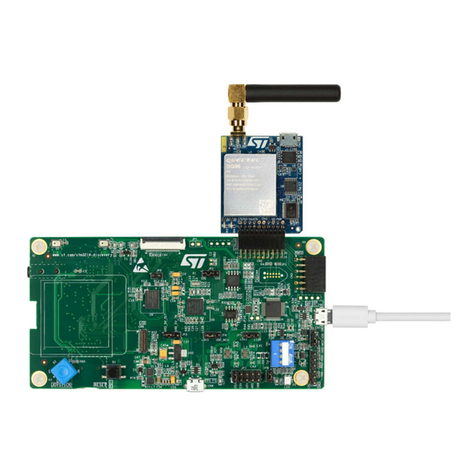
ST
ST STM32 Nucleo User manual

ST
ST STM32 Nucleo User manual
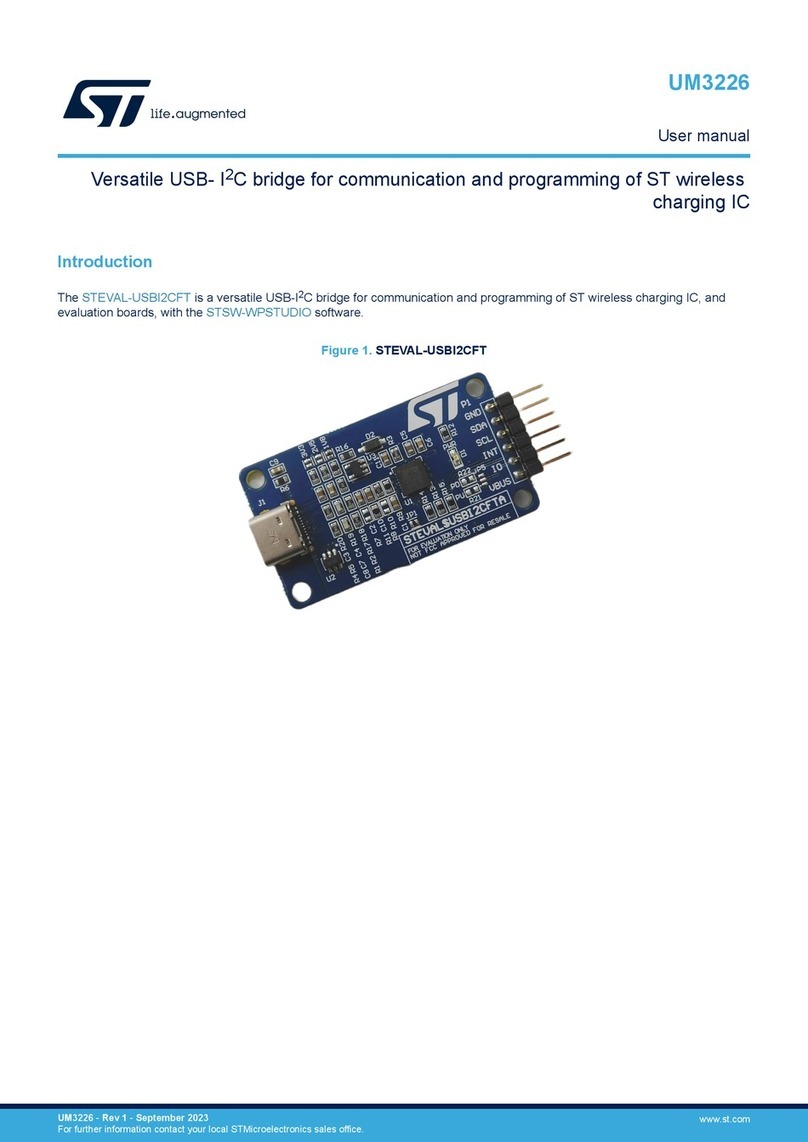
ST
ST STEVAL-USBI2CFT User manual
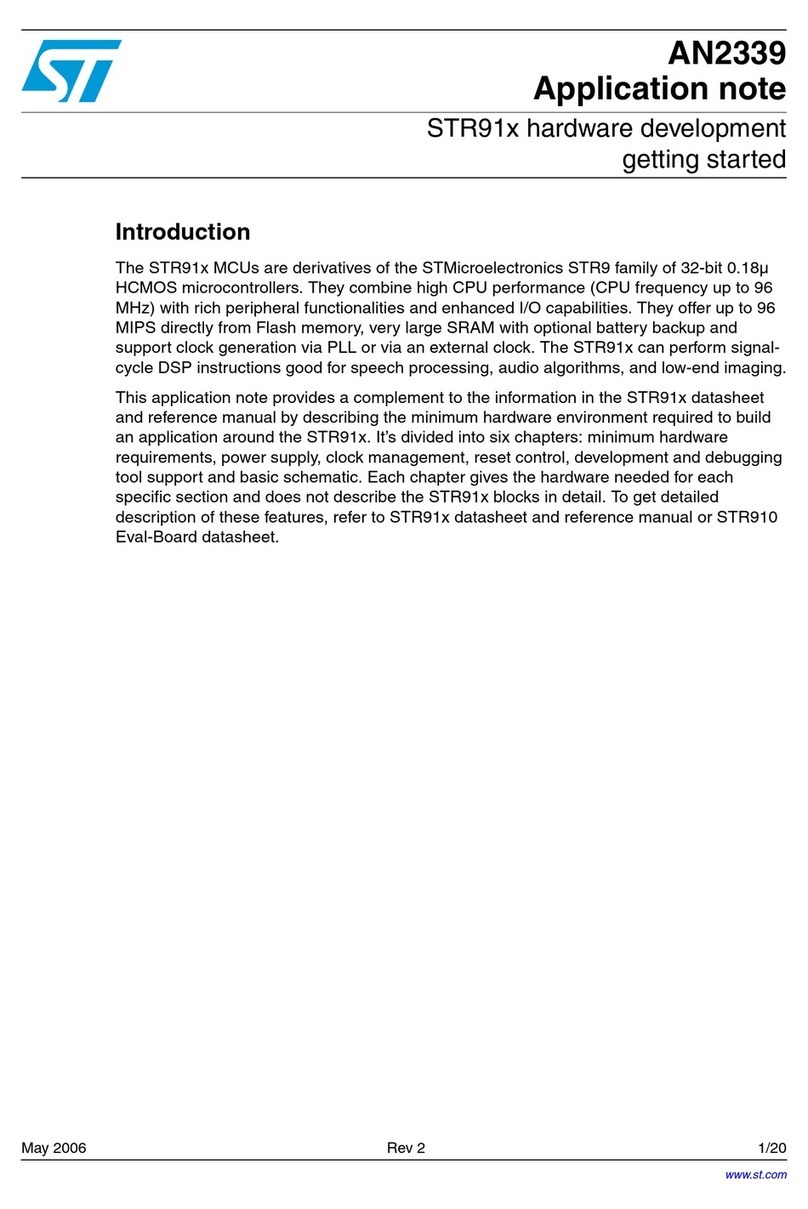
ST
ST STR91 Series Installation and operating instructions
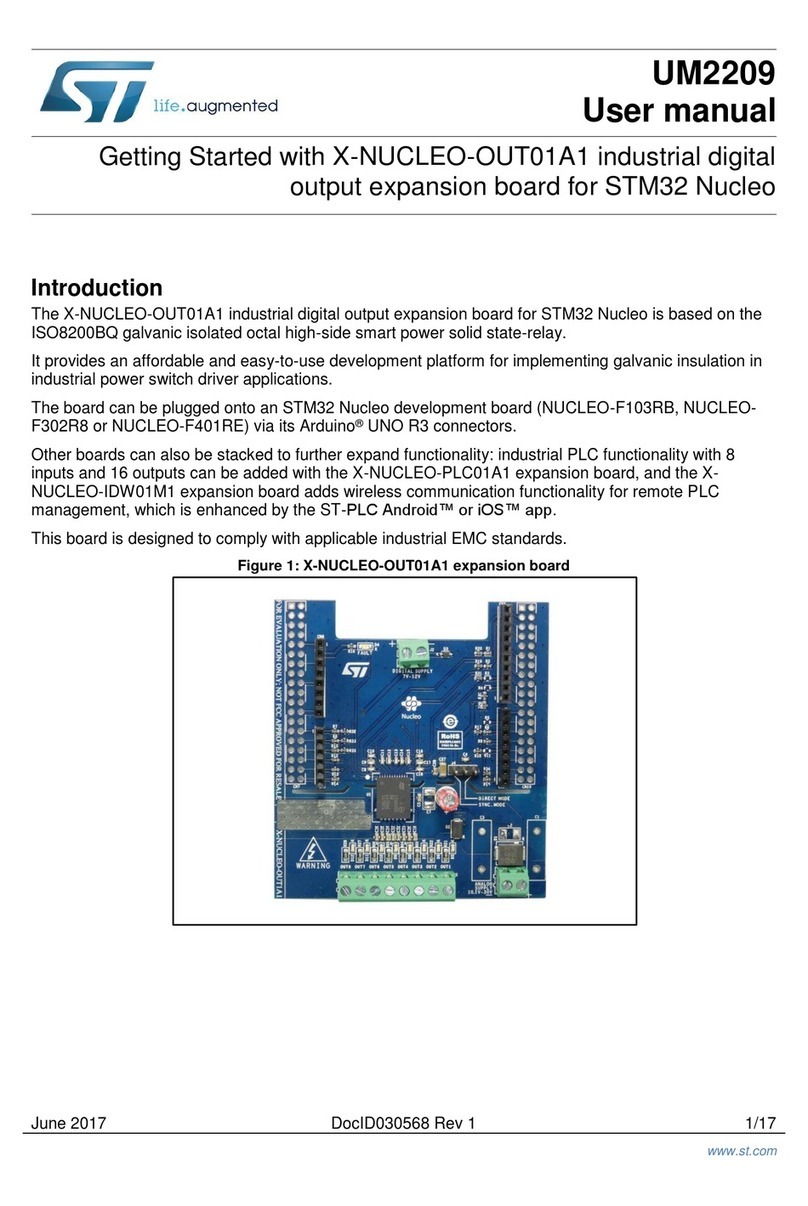
ST
ST X-NUCLEO-OUT01A1 User manual
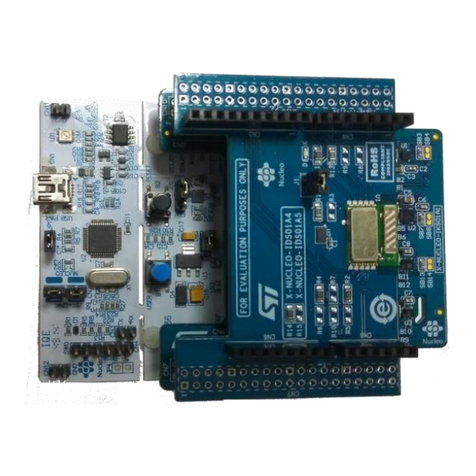
ST
ST STM32 ODE User manual

ST
ST X-NUCLEO-STMODA1 User manual

ST
ST STM32C0 Series User manual
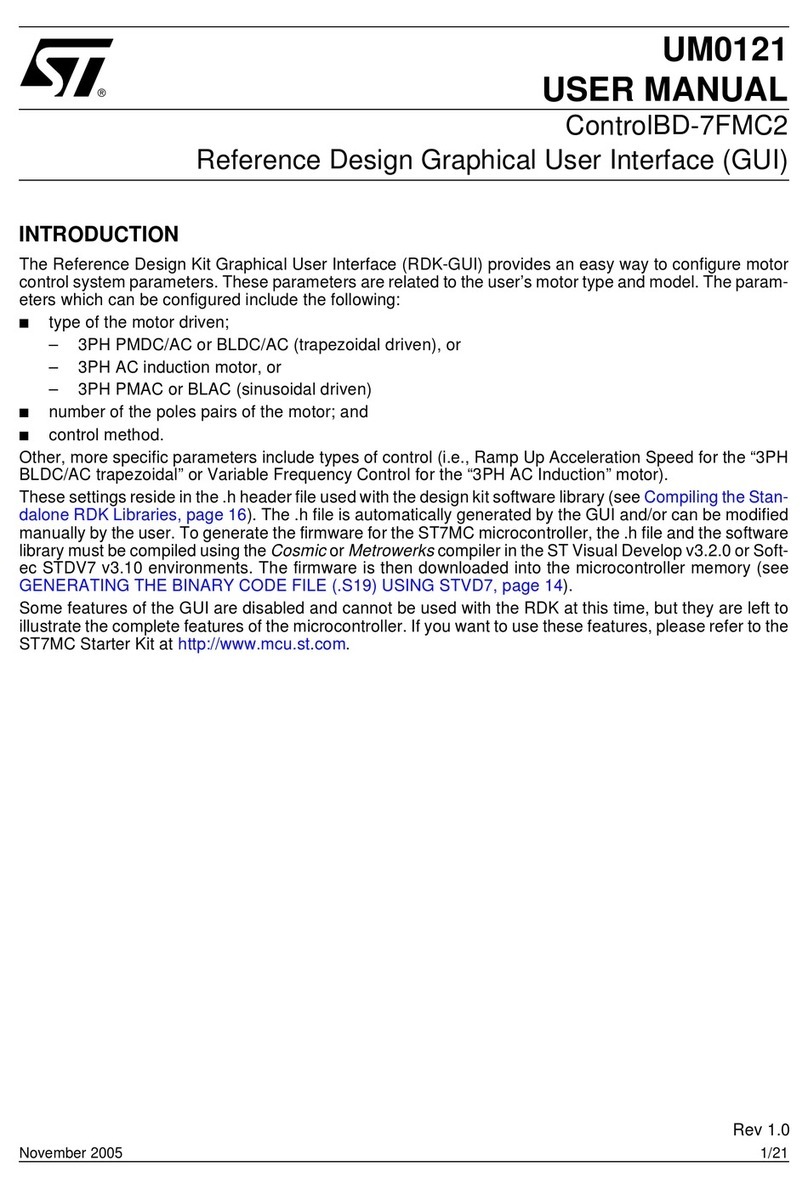
ST
ST ControlBD-7FMC2 User manual

ST
ST ZigBee SNDEV-260 User manual
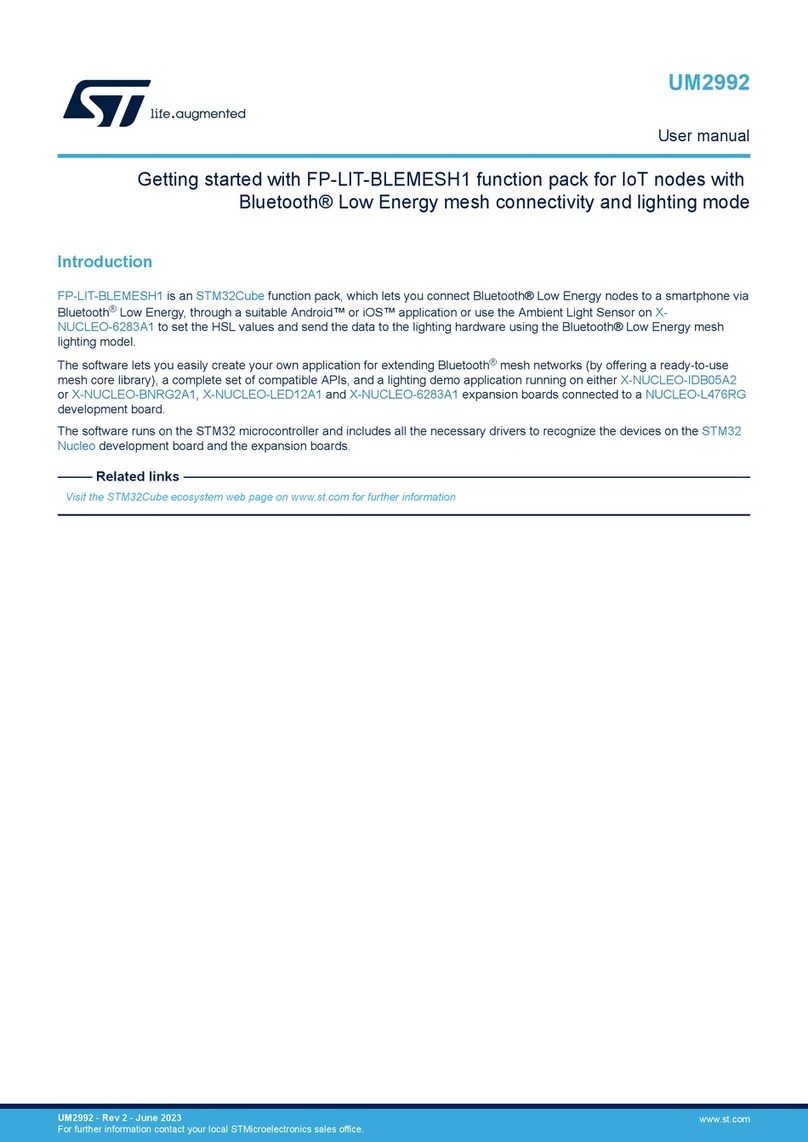
ST
ST FP-LIT-BLEMESH1 User manual
Popular Computer Hardware manuals by other brands

EMC2
EMC2 VNX Series Hardware Information Guide

Panasonic
Panasonic DV0PM20105 Operation manual

Mitsubishi Electric
Mitsubishi Electric Q81BD-J61BT11 user manual

Gigabyte
Gigabyte B660M DS3H AX DDR4 user manual

Raidon
Raidon iT2300 Quick installation guide

National Instruments
National Instruments PXI-8186 user manual

Intel
Intel AXXRMFBU4 Quick installation user's guide

Kontron
Kontron DIMM-PC/MD product manual

STEINWAY LYNGDORF
STEINWAY LYNGDORF SP-1 installation manual

Advantech
Advantech ASMB-935 Series user manual

Jupiter
Jupiter RAM PACK instructions
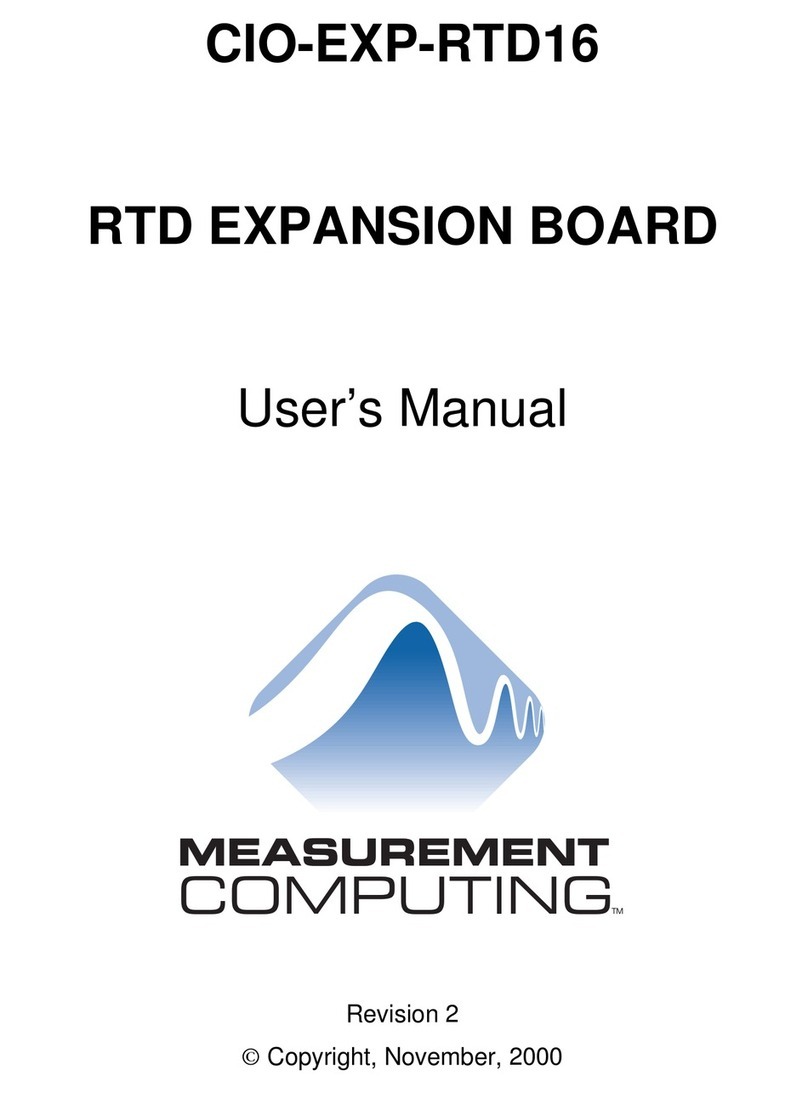
Measurement Computing
Measurement Computing CIO-EXP-RTD16 user manual

